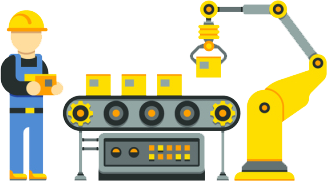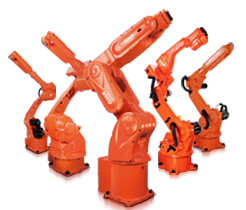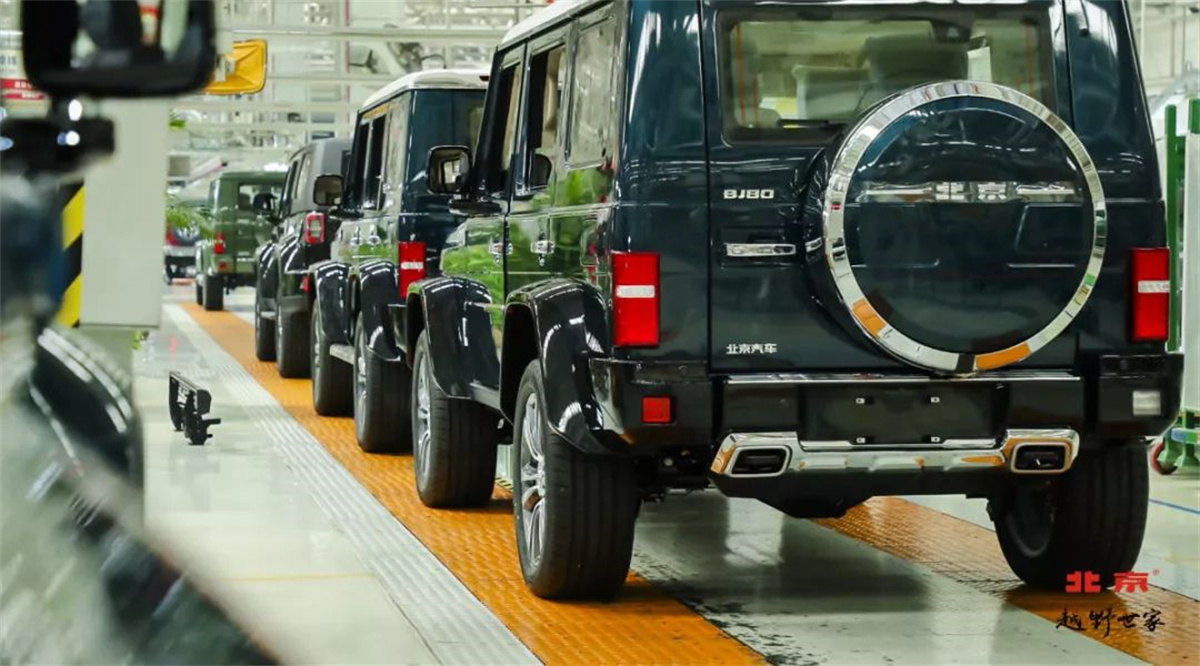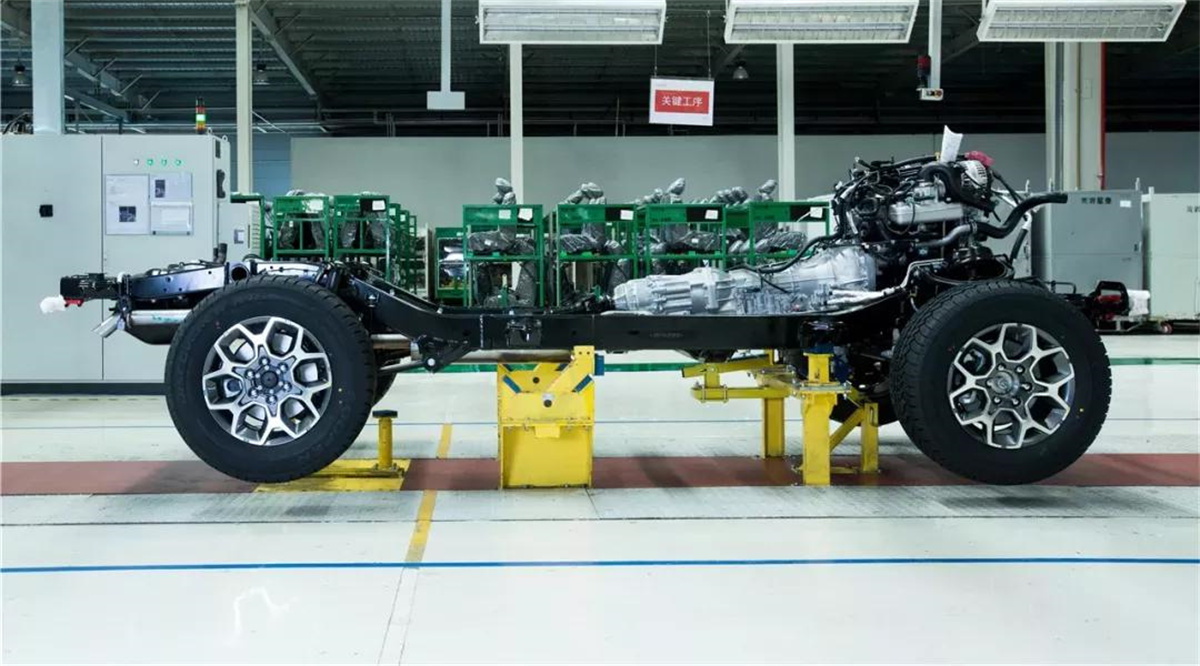Non-unibody frame construction Vehicle and Production line
The non-unibody frame construction, also known as a ladder frame or frame body, is a traditional automotive body design that uses a robust frame (usually a steel ladder frame) to support all the vehicle's components, including the engine, suspension system, and body shell. This structure is widely used in trucks, SUVs, and certain off-road vehicle models for its strength and durability.
Features of the Non-Unibody Frame Construction:
- High Strength: As the entire body does not bear weight, all loads are supported by the frame, making it extremely sturdy.
- Good Twist Resistance: The frame structure provides excellent torsional rigidity, suitable for off-roading and heavy loads.
- Easy Maintenance: Since the body and frame are separate, it's relatively easy to repair and replace parts.
- Adaptability: Suitable for a variety of different body designs and uses.
Relationship between Automated Production Lines and Non-Unibody Frame Construction:
- Stamping Production Line: Although the non-unibody frame construction does not involve traditional body stamping components, parts such as the hood, doors, and fenders still need to be manufactured using a stamping production line.
- Welding Production Line: The frame of a non-unibody vehicle requires precise welding, and automated welding robots can enhance the accuracy and consistency of the welding process.
- Painting Production Line: Even though the main structure of a non-unibody vehicle is the frame, any additional body parts, such as the hood or doors, need to be painted to provide protection and appearance.
- Final Assembly Line: On the final assembly line, engines, transmissions, suspension systems, etc., are installed onto the frame, followed by the installation of interiors and electronic devices.
Application of Automation in Non-Unibody Frame Production:
- Robotic Welding: Automated welding robots are used for precise frame welding.
- Automated Material Handling Systems: Such as AGVs, for moving heavy frames and parts along the production line.
- Assembly Automation: Automated tools and systems help workers efficiently install parts onto the frame.
- Quality Control: Automated inspection systems ensure the quality of welding and assembly.
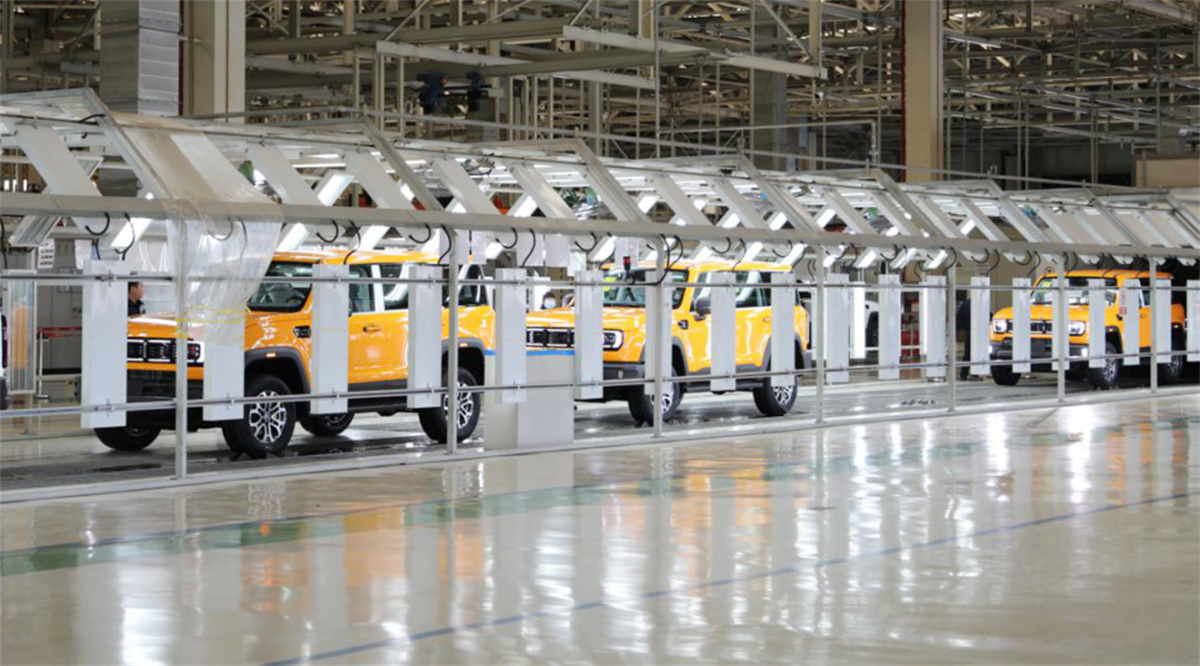
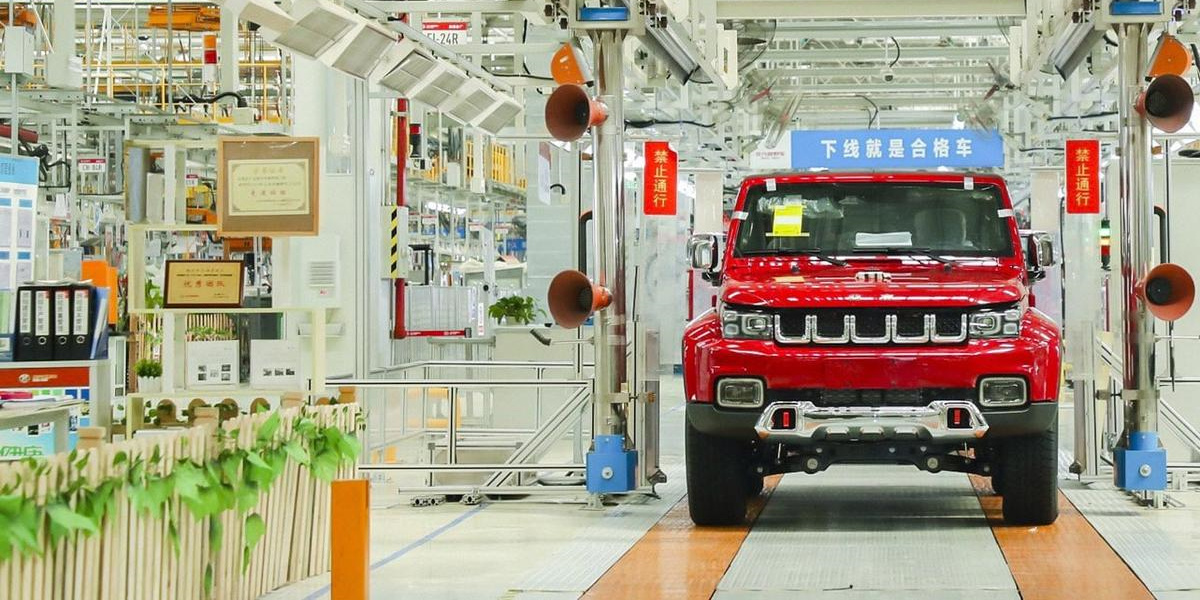
Although vehicles with non-unibody frame construction may not rely as heavily on automated body stamping and assembly as those with unibody construction, automation still plays a key role in improving production efficiency, ensuring product quality, and reducing costs. With technological advancements, we can expect more automation and intelligent technologies to be applied to the production lines of non-unibody frame structures.






